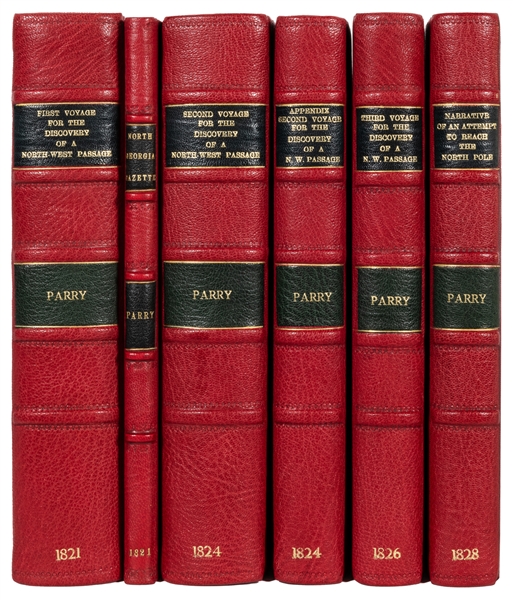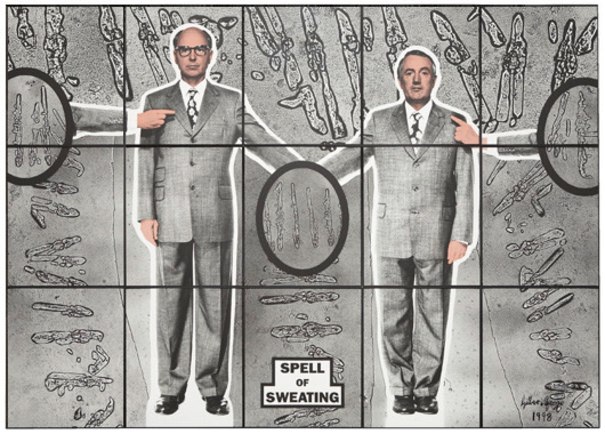After WANG, Junfu (fl. c. 1650-1680). Da Ming Jiubian Wanguo Renji Lucheng Quantu [Complete Map of Human Traces and Travel Routes within the Myriad States of the Nine Borders of the Great Ming]. Kyoto: Umemura Yahaku Bookstore, [Edo period, 1700-1719]. Large Japanese rendering of Wang Junfu's important map of Ming China, borders of which are established by the Great Wall of China in the north, the Yellow River to the west, and by oceans to the east and south. The map was published by a Japanese bookseller in Kyoto, Umemura Yahaku, based on the map Tianxia Jiubian Wanguo Renji Lucheng Quantu [Complete Map of Human Traces and Travel Routes within the Myriad States of the Nine Borders under the Heaven]. This was published by Wang Junfu (fl. c. 1650-1680), probably a Ming loyalist from Suzhou, in the second year of Kangxi’s reign (1663), within a year of the fall of the Southern Ming regime (1644-1662). Wang Junfu’s map was developed from Tianxia Jiubian Fenye Renji Lucheng Quantu [Complete Map of Human Traces and Travel Routes within the Allotted Fields of the Nine Borders under Heaven] produced by Cao Junyi from Nanjing in 1644, shortly after the collapse of the Ming dynasty. The models of Cao Junyi’s map include Qiankun Wanguo Quantu Gujin Renwu Shiji [Complete Map of the Myriad States within the Cosmos, noted with Events in the Past and Present] made by Liang Zhou in the late-Ming period, 1593, and Jiuzhou Fenye Yutu Gujin Renwu Shiji [Map of Allotted Fields of the Nine Regions (of China), noted with Events in the Past and Present] published by Ji Mingtai in 1583. This cartographic lineage, culminating in the version of the present lot, represents the Chinese understanding of the world in the late-Ming period; the Ming Empire is depicted as the center of the world with Europe, Africa, and America as tiny remote places in the ocean. This is an expression of the Chinese attitude of the era that China was superior to other countries (Chan). This world map’s focus on China to the diminishment of all other lands is neatly summed up by the 17th century Chinese cartographer Chen Zushou: "All the barbarian people within the Four Seas should come to pay tribute to the Chinese emperor. Although they [the Jesuits] might describe the world as comprising Five Continents, yet four of them should surround the nucleus of China (Smith trans.)" The map features heavy textual annotation. The text at the upper part of the map offers a brief overview of all the countries of the world, as well as the history of the map and offers references to Wang Junfu’s sources. The right hand text identifies 29 militarized border crossings and defensive points. The left hand text briefly describes some 33 foreign peoples, some of which are fictional. The text below the map provides details of the two capitals of empire (Beijing, the northern capital, and Nanjing, the capital of the south) as well as the 13 provinces, involving population distribution, travel routes to and from, the tribute system, and the main commercial products of each: rice, wheat, silk, salt, cotton, etc. (Smith). We have traced only six comparable examples of this map in institutions: Harvard-Yenching Library (USA), University of Tsukuba Library (Japan), Yokohama City University (Japan), Waseda University Library (Japan), University of British Columbia Library (Canada), and University of Leiden (Netherlands). References: Kwong-Lim Tam, Cong Fangyuan dao Jingwei: Xianggang yu Huanan Lishi Ditu Zhencang [From Circular and Square Shapes to Meridian and Parallel Lines: Collected Treasures of Historical Maps of Hong Kong and South China] (2010), pp. 53, pl. 23; Libby Lai-Pik Chan, East Meets West - Maritime Silk Routes in the 13th-18th Centuries (2016); Richard J. Smith Mapping China’s World: Culture, Cartography and Cosmology in Late Imperial Times (2012). Large xylographic world map with some hand-coloring, on Japanese paper, approximately 1250 x 1220 mm, all mounted on 19th-century Japanese
After WANG, Junfu (fl. c. 1650-1680). Da Ming Jiubian Wanguo Renji Lucheng Quantu [Complete Map of Human Traces and Travel Routes within the Myriad States of the Nine Borders of the Great Ming]. Kyoto: Umemura Yahaku Bookstore, [Edo period, 1700-1719]. Large Japanese rendering of Wang Junfu's important map of Ming China, borders of which are established by the Great Wall of China in the north, the Yellow River to the west, and by oceans to the east and south. The map was published by a Japanese bookseller in Kyoto, Umemura Yahaku, based on the map Tianxia Jiubian Wanguo Renji Lucheng Quantu [Complete Map of Human Traces and Travel Routes within the Myriad States of the Nine Borders under the Heaven]. This was published by Wang Junfu (fl. c. 1650-1680), probably a Ming loyalist from Suzhou, in the second year of Kangxi’s reign (1663), within a year of the fall of the Southern Ming regime (1644-1662). Wang Junfu’s map was developed from Tianxia Jiubian Fenye Renji Lucheng Quantu [Complete Map of Human Traces and Travel Routes within the Allotted Fields of the Nine Borders under Heaven] produced by Cao Junyi from Nanjing in 1644, shortly after the collapse of the Ming dynasty. The models of Cao Junyi’s map include Qiankun Wanguo Quantu Gujin Renwu Shiji [Complete Map of the Myriad States within the Cosmos, noted with Events in the Past and Present] made by Liang Zhou in the late-Ming period, 1593, and Jiuzhou Fenye Yutu Gujin Renwu Shiji [Map of Allotted Fields of the Nine Regions (of China), noted with Events in the Past and Present] published by Ji Mingtai in 1583. This cartographic lineage, culminating in the version of the present lot, represents the Chinese understanding of the world in the late-Ming period; the Ming Empire is depicted as the center of the world with Europe, Africa, and America as tiny remote places in the ocean. This is an expression of the Chinese attitude of the era that China was superior to other countries (Chan). This world map’s focus on China to the diminishment of all other lands is neatly summed up by the 17th century Chinese cartographer Chen Zushou: "All the barbarian people within the Four Seas should come to pay tribute to the Chinese emperor. Although they [the Jesuits] might describe the world as comprising Five Continents, yet four of them should surround the nucleus of China (Smith trans.)" The map features heavy textual annotation. The text at the upper part of the map offers a brief overview of all the countries of the world, as well as the history of the map and offers references to Wang Junfu’s sources. The right hand text identifies 29 militarized border crossings and defensive points. The left hand text briefly describes some 33 foreign peoples, some of which are fictional. The text below the map provides details of the two capitals of empire (Beijing, the northern capital, and Nanjing, the capital of the south) as well as the 13 provinces, involving population distribution, travel routes to and from, the tribute system, and the main commercial products of each: rice, wheat, silk, salt, cotton, etc. (Smith). We have traced only six comparable examples of this map in institutions: Harvard-Yenching Library (USA), University of Tsukuba Library (Japan), Yokohama City University (Japan), Waseda University Library (Japan), University of British Columbia Library (Canada), and University of Leiden (Netherlands). References: Kwong-Lim Tam, Cong Fangyuan dao Jingwei: Xianggang yu Huanan Lishi Ditu Zhencang [From Circular and Square Shapes to Meridian and Parallel Lines: Collected Treasures of Historical Maps of Hong Kong and South China] (2010), pp. 53, pl. 23; Libby Lai-Pik Chan, East Meets West - Maritime Silk Routes in the 13th-18th Centuries (2016); Richard J. Smith Mapping China’s World: Culture, Cartography and Cosmology in Late Imperial Times (2012). Large xylographic world map with some hand-coloring, on Japanese paper, approximately 1250 x 1220 mm, all mounted on 19th-century Japanese
.jpg)





.jpg)
.jpg)
.jpg)





Try LotSearch and its premium features for 7 days - without any costs!
Be notified automatically about new items in upcoming auctions.
Create an alert